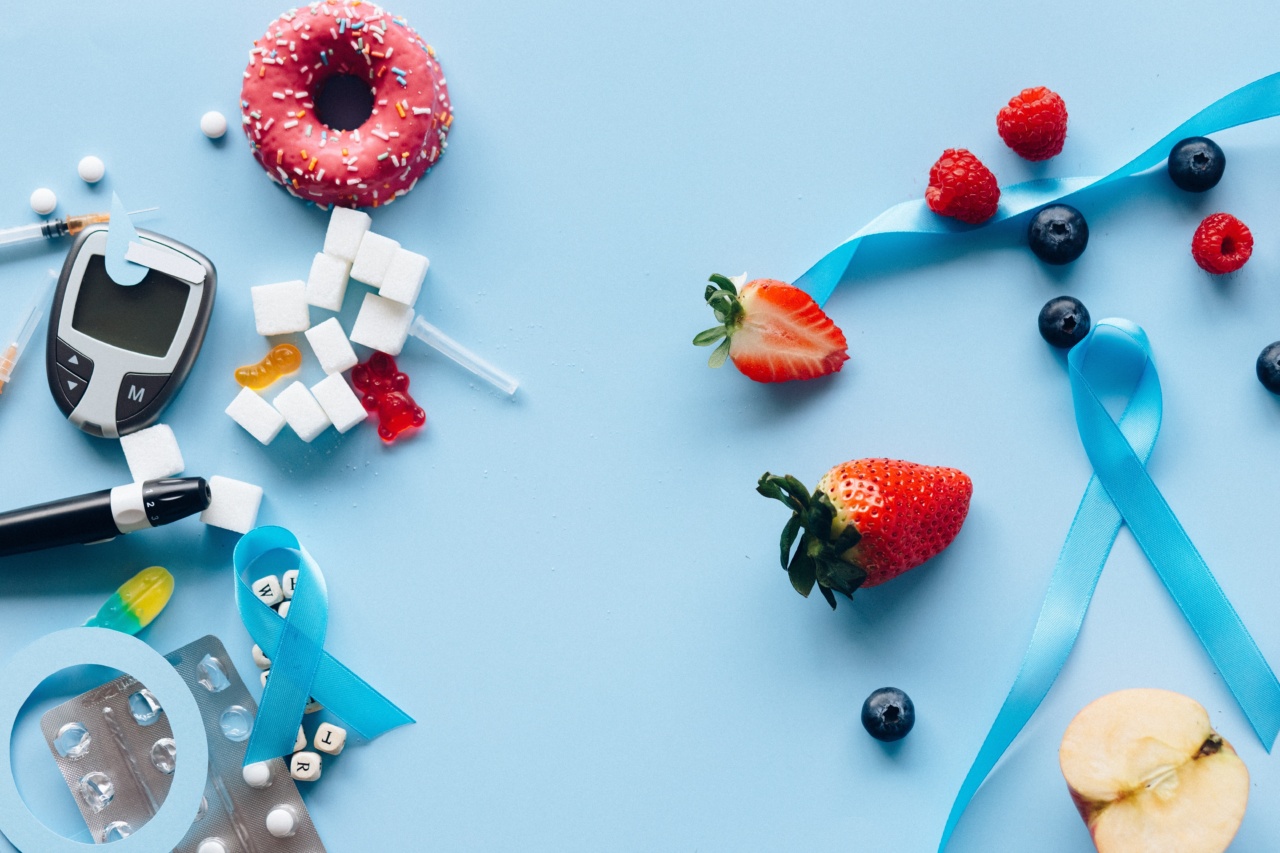A heart attack is a debilitating life-threatening medical condition that occurs when blood flow to the heart is blocked, leading to the eventual death of heart tissue. A heart attack may also be called a myocardial infarction or MI.
A heart attack typically occurs when a blood clot partially or completely blocks one or more of the coronary arteries, which supply blood to the heart muscles.
Symptoms of a Heart Attack
Knowing the symptoms of a heart attack is essential in determining if an individual needs emergency medical assistance. Some common symptoms of a heart attack include:.
- Chest pain, discomfort, or pressure that may last a few minutes or come and go.
- Pain or discomfort in other areas such as the arms, back, neck, jaw, or stomach.
- Shortness of breath with or without chest pain.
- Sweating, lightheadedness, or sudden nausea.
Risk Factors for a Heart Attack
Several factors can increase the risk of a heart attack, including the following:.
- Smoking or exposure to tobacco
- High blood pressure
- High blood cholesterol or triglycerides
- Obesity or overweight
- Physical inactivity or lack of regular exercise
- Family history of heart disease
- Diabetes
- Stress or depression
Prevention of Heart Attack
It is possible to reduce the risk of a heart attack by taking the following steps:.
- Quit smoking
- Eat a heart-healthy diet that is low in saturated and trans fats, cholesterol, salt, and added sugars
- Maintain a healthy weight
- Engage in regular physical activity
- Monitor blood pressure and cholesterol levels regularly
- Treat diabetes and other health conditions that increase the risk of heart disease
The Surprise Test That Exposes Your Health Risks
A heart attack can happen suddenly, without warning. However, there is a test that can help predict an individual’s risk of having a heart attack in the future. This test is called a coronary calcium scan or a heart scan.
What is a Coronary Calcium Scan?
A coronary calcium scan uses a special X-ray machine to take pictures of the heart to determine the amount of calcium deposits in the arteries supplying the heart muscle.
These calcium deposits are an early sign of coronary artery disease (CAD), which is responsible for most heart attacks.
How Does a Coronary Calcium Scan Work?
A coronary calcium scan is a non-invasive diagnostic test. The test uses a computed tomography (CT) scanner, which is a specialized X-ray machine, to take detailed images of the heart.
These images help doctors detect calcium deposits in the coronary arteries.
The calcium deposits are quantified using a scoring system called the Agatston score. The higher the Agatston score, the higher the risk of heart attack or other cardiovascular events.
The score ranges from 0 to over 400, with 400 being the highest possible score.
Who Should Get a Coronary Calcium Scan?
A coronary calcium scan may be recommended for individuals who:.
- Are between the ages of 40 and 75
- Have a family history of heart disease or sudden cardiac death
- Have high blood pressure
- Have high blood cholesterol or triglycerides
- Smoke or have quit smoking within the past 15 years
- Have type 2 diabetes or metabolic syndrome
- Are overweight or obese
- Have a sedentary lifestyle or do not engage in regular physical activity
What Happens During a Coronary Calcium Scan?
A coronary calcium scan is performed in a hospital or a diagnostic imaging center. The test typically takes less than 30 minutes and does not require any special preparation or fasting.
During the test, the patient lies flat on a CT scanner bed. Electrodes are placed on the chest to monitor the heart rate. The technician will ask the patient to hold their breath for a few seconds while the images are being taken.
A contrast dye is not required for this test.
Interpreting the Results of a Coronary Calcium Scan
The results of the coronary calcium scan are scored using the Agatston score mentioned earlier. The score ranges from 0 to over 400, with higher scores indicating a higher risk of heart attack or other cardiovascular events.
A score of 0 means that there are no detectable calcium deposits in the coronary arteries, and the risk of heart attack or other cardiovascular events is low.
A score between 1 and 99 indicates a mild amount of calcium deposits, and a score between 100 and 399 indicates a moderate amount of calcium deposits. A score of 400 or higher indicates a high amount of calcium deposits, and the risk of heart attack or other cardiovascular events is very high.
Conclusion
Heart attacks are a significant medical concern, as they can occur suddenly and without warning. Several risk factors increase the likelihood of having a heart attack, such as smoking, high blood pressure, high cholesterol, and physical inactivity.
However, a coronary calcium scan or a heart scan can help predict an individual’s risk of having a heart attack in the future.
A coronary calcium scan is a non-invasive diagnostic test that uses a CT scanner to detect calcium deposits in the coronary arteries.
The Agatston score is used to quantify the severity of the calcium deposits, and higher scores indicate a higher risk of heart attack or other cardiovascular events.
If you are at risk for a heart attack, speak to your healthcare provider about the possibility of having a coronary calcium scan as part of your preventative care plan.

























